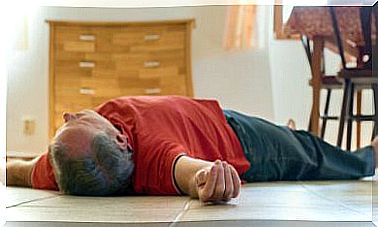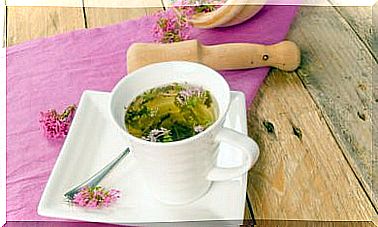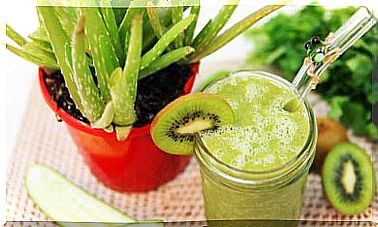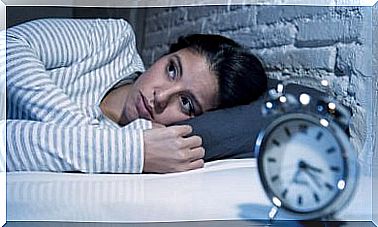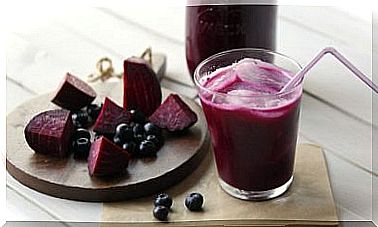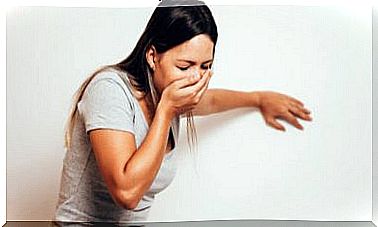How To Relieve Knee Pain Naturally?
The knee is a joint that connects the thigh with the leg, making it the point of contact between the tibia, femur, and patella.
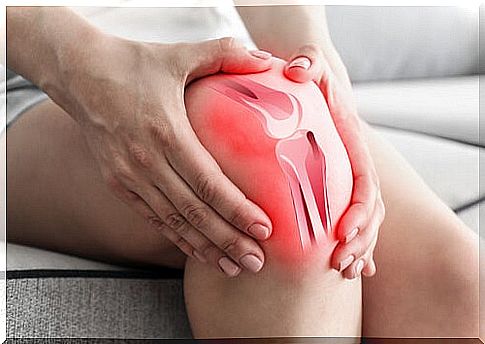
Since the lower extremities bear the weight of our entire body and are subject to considerable wear and tear, the appearance of injuries and inflammation in certain circumstances is not surprising. For this reason, knee pain becomes a very common condition that manifests itself at any age.
The vast majority of knee discomfort can be alleviated with some very simple measures, while others will require another type of treatment, depending on what the treating physician indicates.
Why do my knees hurt?
After an evaluation of the area, the doctor will proceed to order certain tests to determine exactly what may be causing the knee pain. Next, we present the possible diagnoses and the types of treatments that each one usually requires.
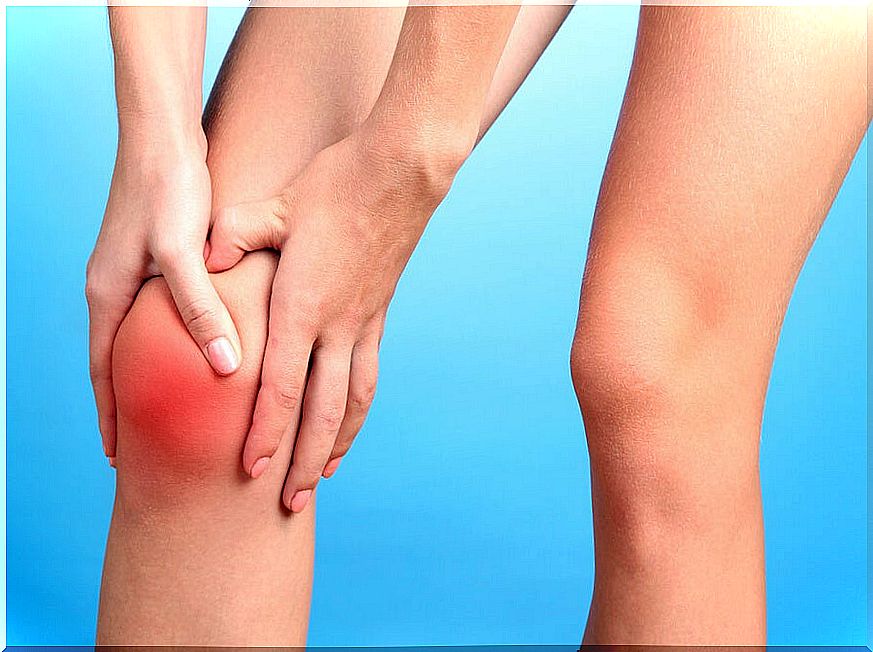
Conditions that require surgical treatment
- Sports injuries: involve the tearing of tendons, cartilage and ligaments by sudden changes of direction while running, violent turns and forced extensions. Arthroscopic surgery is usually performed which allows the patient to recover in two weeks.
- Fractures, dislocations or dislocations: can lead to tears. They are usually treated by osteosynthesis and, if the fractures are simple, there is no permanent damage.
- Osteoarthritis or osteoarthritis: occurs as a result of injuries, deformities or wear and tear due to age. The most common are genu varum (knee bends in an O shape) and genu vaxum (legs bow in an X shape). It is diagnosed by radiography and is treated with arthroscopic approaches.
- Articular mouse: cartilage injury at the cartilage-bone boundary. Very difficult to diagnose.
- Bone tumors: very rare.
Conditions that do not warrant surgical intervention
- Direct or indirect blows or trauma
- Arthritis or acute inflammation of the knee: It can have many causes, including poor positions, wear and tear, rheumatic diseases and infections.
- Tendinitis: inflammation of the tendon due to the use of inappropriate footwear, repetition of wrong exercises or bad posture.
- Sprain or strain: tear, strain or excessive stretching of a ligament, due to a sudden movement, fall, blow or strong twisting. Generally requires immobility for healing.
- Bursitis: Inflammation of the bursae or bursae of the knee, usually caused by laceration or abrasion. You need anti-inflammatory treatment, rest and compression bandages.
- Baker’s cyst – A fluid-filled lump forms on the back of the knee. The inflammation can lead to discomfort, pain, and restriction of movement.
- Osgood-Schlatter disease : inflammation of the front and back of the knee.
Ways to relieve knee pain at home
1. Cold compresses
This treatment is associated with minor sprains and tears of the ligaments. To reduce inflammation, use a cold compress for 30 minutes, two or three times a day.
You can also use an ice pack wrapped in a cloth to avoid direct contact with the skin. It is highly recommended for the first 48 hours after injury.
2. Hot compresses
The use of warm compresses relieves pain and stiffness associated with diseases such as arthritis. You can use an electric blanket, at a low to medium temperature; a microwave bag or a hot compress and place it on the affected area for 15 minutes, several times a day.
3. Hot and cold
This treatment is simply a combination of the above. Basically, it involves alternating hot and cold cloths or compresses for 15 minutes to reactivate circulation and relieve pain.
4. Exercises and stretching
Nothing like stretching and therapeutic exercises to ease your knees. Find out well about what may be the best options for your case. Yoga and tai-chi are generally an excellent alternative.
5. Acupuncture
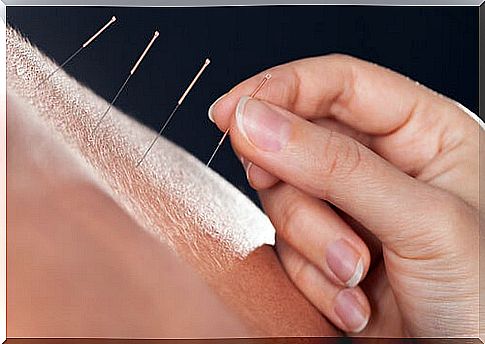
Acupuncture is an age-old type of treatment that can greatly relieve knee pain. This method consists of the insertion and manipulation of needles in the body in order to restore the well-being of the patient.
6. Massages and health technologies
Physical therapists offer massages and the use of certain technologies to relieve knee pain. These are very effective and painless methods.
Some of them are: electrotherapy, ultrasound therapy, contact hyperthermia, thermotherapy or mechanotherapy, among others. Inform yourself well with a physical therapist about which is the best option for you.
When is it essential to go to the doctor?
- Inability to bear one’s weight on the knee, in general.
- The knee looks disfigured or with pronounced swelling, redness or high temperature in the affected area.
- You have numbness, tingling, or bluish discoloration in your knee.
- If the pain persists even in a state of rest.
- Intense and sustained pain even if you are not supporting the leg.
- The knee bends, clicks, or does not respond suddenly (this may indicate disorders related to the sinuvial fluid).
If you have any of the following symptoms, go to a specialist. A visit to the orthopedic can prevent a chronic condition and improve your quality of life.

